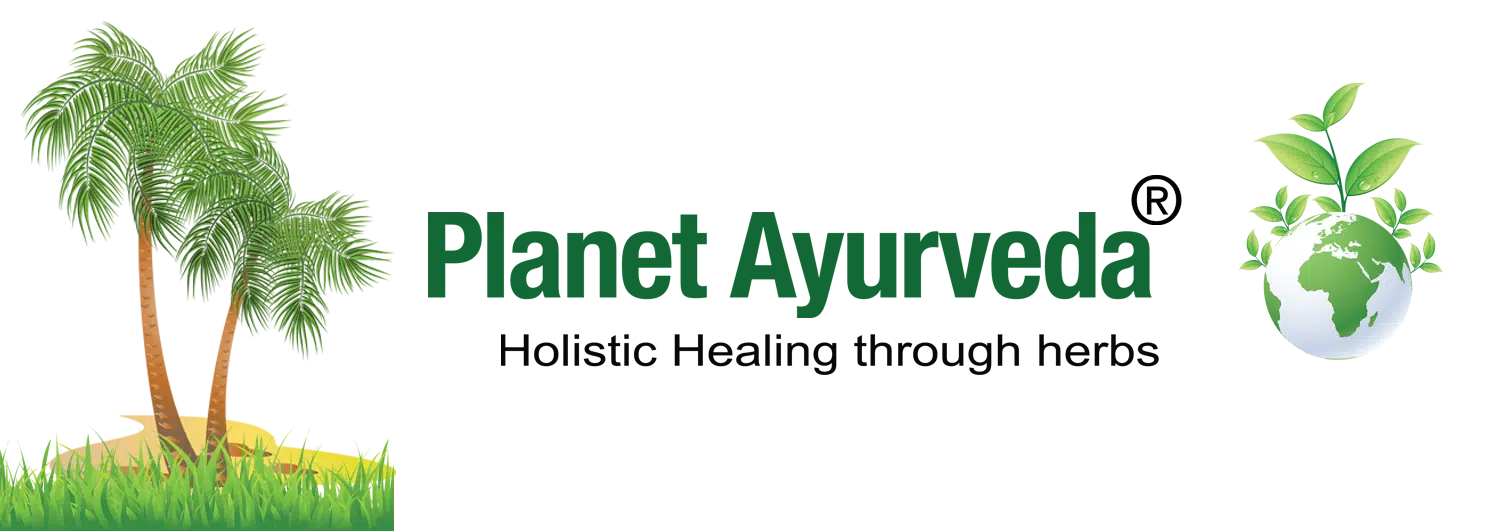Ayurvedic Diet And Lifestyle For Autumn Season
We know it’s fall when the sultry heat of summer is stolen by that gentle caress of the autumn
season, embracing us with its calm brush of the breeze, lazes doings of wild creatures and
humans everywhere. We know fall is a picturesque season of mist, fallen leaves, the
environment all dressed in hues of red and orange, reminiscing summer marked with lush
green splashed around, complemented with the lengthened nights and shortened days !
Autumn season signposts the beginning of the latter half of a seasonal year, marking the time
of transition.
Alongside with these pleasurable features of autumn season, we mostly find ourselves
combating with either a running nose, or frequent sneezing, fever and all allergies peak
these spring and summer seasons as a result the attendance of students in a school is
minimum when it comes to these seasons, undoubtedly our body is susceptible to many
seasonal variations. Does this observation instil a query within you,have you ever pondered
as to why we are more vulnerable these seasons despite themselves being two lovely seasons?
Let’s Take A Glance At Ayurveda’s Principles in The Autumn Season
Ayurveda has catalogued seasons into two periods,the ‘uttarayana’ (adaana kala)-northern
solstice and ‘dakshinayana’(visarga kala)- southern solstice.
Each kala covers three seasons that run through a period of 2 months.
Since sharat rtu falls into the latter category, let’s take a sneak peek into visarga kala.
It is the tilt of the southern hemisphere of earth away from the sun hence the bala shows
variations from low to high marking from beginning to end of visarga kala.
Ayurveda lays its foundation on the five elements in which all the living and non- living
objects in the universe are made up of. They are akasha(space), vayu (air) agni (fire)
jala(water) prithvi(earth) and these elements possess inherent physical properties.
The fall is constituted by a prevalence of vayu(air element and prana – vital breath),the
characteristics of this season is described as rough, erratic, windy, cool, subtle and clear
these qualities if correlated with tridosha, we find striking similarity with vata dosha and
hence, autumn season is identified as vata season by the classical treatises of Ayurveda.
Hence balancing vata comes of primary importance concerning the lifestyle of autumn
season.

Why A Seasonal Routine is Taken Into Account ?
We know, Ayurveda is not just a science, it’s a way of life.
All the tridoshas which form the cornerstone of ayurveda can be associated with the 6
seasons (ritu) and a detailed and comprehensive lifestyle to be followed for the same.
Ritucharya (seasonal routine) has been focused in all the compendiums of Ayurveda
amplifying its dire importance.
It is imperative to balance the environmental disposition around us and the lifestyle choices
so as to keep the season induced health issues in check.
We often find ourselves fitting into each seasons by accepting measures suitable for each
season inadvertently, for instance we enjoy ice creams and cool drinks when summer season
sets in, a perfect countermeasure for the heat and dryness of the same. such habits can be
attributed to all seasons, which harmonises the internal stability round the clock.
Ayurveda relies on the aforementioned principles of balancing dosas with external climate
which is achieved through an appropriate dosic diet and also asserts weight on the practices
to stick on during each season so that the doshas are in equilibrium which is effective in
keeping seasonal induced disorders afar.
According to ashtanga hridaya text :-
चय-प्रकोप-प्रशम: वायो: ग्रीष्मादिषु त्रिषु ।
वर्षादिषु तु पित्तस्य श्लेष्मण: शिशिरादिषु ।। – अष्टांग हृदय सूत्र
Certain changes are afflicted on the tridosas that constitute our body while the earth rotates
the sun, these are Chaya (accumulation of deranged dosas) prakopa (accumulation in sites
other than the main site) and prasama (dosas coming back to normalcy after derangement).
In the case of Sharad ritu, it experiences prasama of vata and prakopa of pitta .
Now the emphasis on balancing these doshas is in picture, let’s see what are the
countermeasures to take the helm of our body.
Which Are The Dosas That Needs To Be Balanced According To Charaka?
Sudden exposure of our body to the heat of the autumn sun which were previously adapted
for rainy seasons results in the vitiation of pitta dosha which was accumulated. This can be
overcome if suitable measures are taken to neutralise the accumulated pitta dosha.
Sharat Rru (Autumn Season) And Ayurveda
Lets row our boat of proper lifestyle through the stream of sharad ritu navigating our way
through all the seasonal variations. Please note that Ayurveda is a science that takes into
account each individual separately and the lifestyles can be tailored accordingly to their
panchabhautik, tridoshic, external, internal constitutions!
Let’s’ take a peek into the general recommendations :-
Autumn Diet :- Do’s And Dont’s
According to Ayurveda, Agni (digestive fire) is responsible for all the complex natural
process that occur within our body, the same is in authority for converting food into fuel,
Hence it’s vital to deem agni when we speak of any diet to be followed.
Agni is said to be reduced and food should be administered if there is a feeling of hunger,
despite the fact that the pitta dosha is digestive fire itself, it ends up in loss of appetite owing
to an increased liquid fraction of the dosa, you might be reminded of an example where hot
water is used to extinguish fire!
Hence, ‘lighter the food, the better digestion’ should be the dogma as far as sharad ritu
is concerned .
Acc to charaka Samhita,
तत्रान्नपानं मधुरं लघु शीतं सतिक्तकम् | पित्तप्रशमनं सेव्यं मात्रया सुप्रकाङ्क्षितैः ||
शालीन् सयवगोधूमान् सेव्यानाहुर्घनात्यये | तिक्तस्य सर्पिषः पानं विरेको रक्तमोक्षणम् ||
(च सं सू ६/४०-४८)
Food dominant in sweet taste, light to digest cooling.bitter taste properties bringing normalcy
in pitta dosha should be consumed in proper quantity. Rice, barley and wheat is to be
administered.
Water Consumption
दिवा सूर्यांशुसन्तप्तं निशि चन्द्रांशुशीतलम् ||
कालेन पक्वं निर्दोषमगस्त्येनाविषीकृतम् | हंसोदकमिति ख्यातं शारदं विमलं शुचि ||
Since the rainy season precedes the autumn season, this poses a hazard of polluted water .
Acharya Charaka has stated to tap the use of ‘hamsodaka’ – the water exposed to the sun rays
for a whole day and to the moon for a whole night.
In other words, this is identified as solar water disinfection that leads to the destruction of
pathogens!
Therapeutic Measures To Overcome Pitta Vitiation
- Consumption of ghee prepared with bitter drugs is advised.
- Undergoing purgation and,
- Exposure to the rays of the moon,
- Bloodletting can be counted.
Practices To Be Kept At Bay
- Coming in contact with the sun rays during its peak
- Feeding on meat of animals from marshy land
- Usage of Alkaline drugs,drinks or substances
- Consumption of curd
- Day time sleeping and exposure to wind
In Short
Ayurveda is an all – inclusive , wide ranging and a complete way of life .Ayurveda assists in
embracing a sound mind and a sound body thereby a healthy mind.
Most often, we fall prey to the seasonal variations that come about. Ayurveda through the
charyas (lifestyle) vested in it helps us to self-manage and commendable outgrow the induced
variations once well practiced.
Lets exploit these powers vested in it in the right manner for our own healthy well being !



